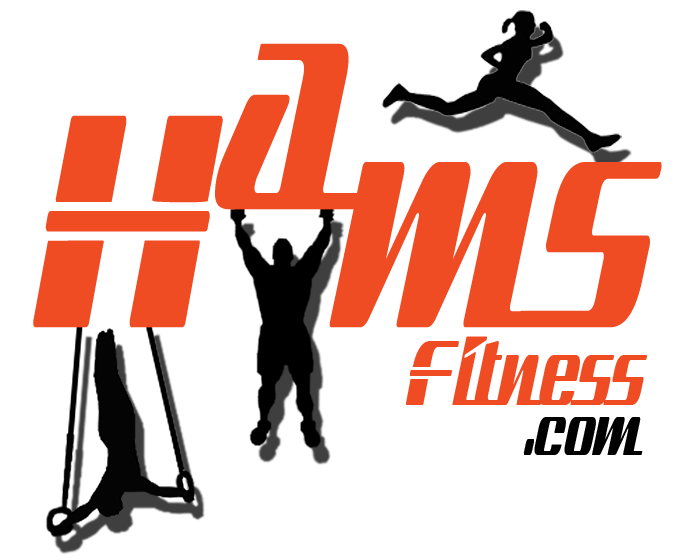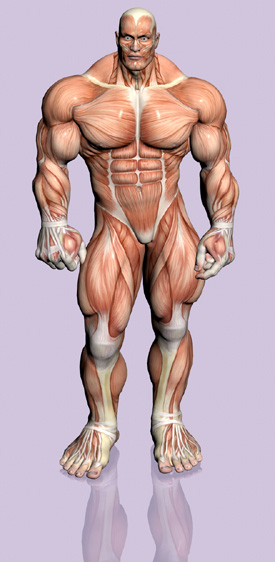Two Types of Muscle Hypertrophy: not Sarcoplasmic and Myofibrillar
A hot topic has been discussed whereby different types of training (high volume/repetition pump style versus load based intensity training) create different types of hypertrophy responses.
One has been said to increase the non contractile components of the muscle (sarcoplasm where energy substrates are stored) and the other style of training is said to increase the contractile elements of a muscle (the fibres themselves).
It is true that both elements increase in size but as yet I am unaware of ANY evidence they happen independently of each other…when one happens…so does the other…they support each other.
Whilst this post is not to discuss or provide evidence of either it is to raise a question that I’ve yet to see asked anywhere else.
Many authors talk about which method of training is best for increasing muscle mass but it should be clear to anyone looking that there is more than one way to skin a cat and so long as a method recruits muscle fibres to work for a long enough period of time…surprise surprise it will cause hypertrophy to some degree.
What no body seems to be asking is do any other parts of a muscle increase in size beyond the fibres and the sarcoplasm?
Do we lift fast or slow has been answered….it doesn’t really matter a huge amount for overall muscle size….
this piece of research makes an observation when comparing plyometrics to traditional strength training that whilst the total muscle CSA (cross sectional area) increases in both methods, only one results in an increase in fibre CSA…which leads to the question: what is hypertrophying if not the fibres?
Whilst they do not speculate as to the answer I think if would seem logical that other components within the muscle complex increase in size…If I were a betting man I would say that the elastic components within the muscle have hypertrophied in the plyometrics group in response to the increase tension they experience due to the increase use of the elastic components during a plyometric action.
SO…do we have a another player in the hypertrophy game? It would seem so…
P.S.
It may be worth considering the implications this has on the speed of your repetitions…faster reps induce more of a stretch reflex and thus offload stress to the elastic components of a muscle rather than the actin and myosin cross bridges…which may not matter if total muscle mass/CSA increase is your goal but if contractile mass (hypertrophy of your contractile fibres that respond to action potentials) is your goal then slower reps, or at least repetitions with little to zero stretch reflex may well be a better choice…especially if you are a strength athlete.

